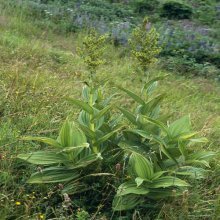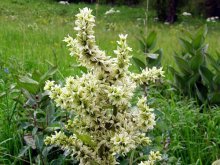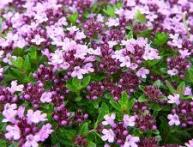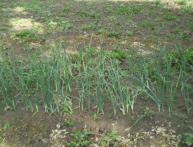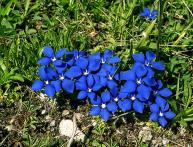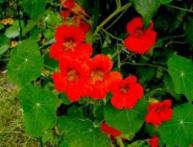Veratrum album, white hellebore or lice grass
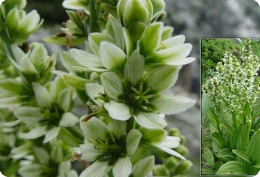
Hellebore is a perennial herbaceous plant from the Melanthiaceae (formerly Liliaceae) family. Seven species grow in Russia, including Lobel's hellebore, white hellebore, and black hellebore.
Content:
Botanical description of the species
The white hellebore plant forms a powerful underground rhizome. In early spring, before other greenery appears, hard, slightly pubescent, strongly folded, deep green leaves appear. As they grow, they take on an oval shape. A fairly powerful stem up to one meter high, ending in an inflorescence - a panicle. The white hellebore plant has flowers, up to one centimeter in diameter, that are greenish or white in color. Flowering time: July, August. The fruit is a capsule and contains winged seeds.
Plant contains a dangerous alkaloid veratrine. Its greatest content is in the rhizome and spring leaves. As the plant grows and blooms, the content of veratrine in the above-ground parts of the plant, flowers, decreases to negligible values. It prefers to grow in foothill areas; it will rise to a height of up to 2000 meters, as well as in light forests, near streams, and swamps.
Growing in culture
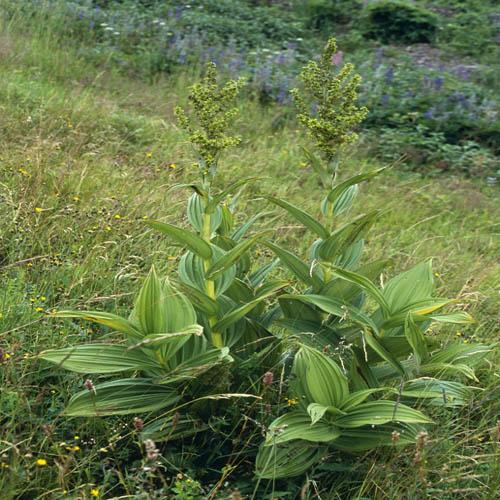
White hellebore has a decorative appearance and can grown in gardens. Planting is done in two ways.By seeds: planted in a micro greenhouse, planted to a depth of up to five mm, moistened, covered with a transparent film and placed in a shady place. After emergence, plant them in a prepared place at a distance of at least 70 cm.
Seeds can germinate over a long period of time, so it is most convenient to propagate the plant vegetatively: plant the divided rhizome in the spring in prepared planting holes.
Despite the fact that large hellebore bushes look good as border or flower bed plants, due to the high toxicity of all parts of the plant for people and pets, they should be used with caution in home areas as a landscape plant. Planting white hellebore as a medicinal plant is of economic importance. Its cultivation as a medicinal plant is known back in the 16th century.
On the territory of Russia and the CIS countries there are several territories where white hellebore is still grown as a medicinal plant, although it has a wide range in nature, but does not form mass thickets.
Application of the plant
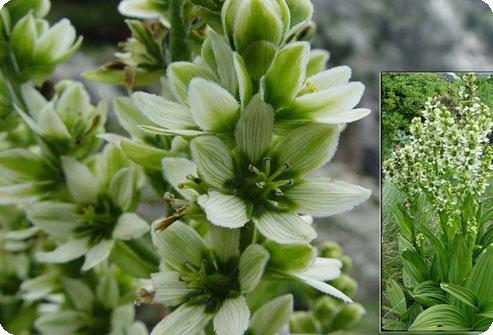
The rhizome is harvested either in early spring or autumn. Clear the soil, remove the remains of the stem and leaves. Wash thoroughly. During the first two days, they are dried in the open air, after which they are placed in special dryers. Dried raw materials retain their properties for two years.
Has found wide application as medicinal plant V:
- medicine
- veterinary medicine
- homeopathy
- agronomy
In medicine it is used only as an external remedy. In modern official medicine, the drug hellebore water is used. It is prepared from white hellebore tincture.The official registered name is hellebore water, an antiparasitic agent for external use.
Wide used for treatment people have lice. When infested with head lice, moisten the hair and scalp generously. Leave for 15-20 minutes and wash off. The treatment is repeated after 6-7 days. Powder from the ground rhizome can be sprinkled on linen and clothes when infested with body lice.
Hellebore water can also be used to wipe skin affected by certain types of lichen, such as pityriasis versicolor. To treat joint pain, you can make compresses from it.
You can make an ointment for scabies at home from a concentrated water tincture and petroleum jelly.
In veterinary medicine, hellebore root powder is used to make baths for farm animals that are affected by skin parasites, especially various types of lice. A small amount is added to cattle feed to enhance the ruminant process. Sprinkle the powder on the animal's wounds.
In homeopathy, it is taken only as prescribed by a doctor in microscopic doses, for:
- migraine
- asthma
- depression
- convulsions
- digestive disorders
In agronomy, it is used as an organic means in the fight against pests of agricultural plants: cabbage and beet aphids, rapeseed sawfly, cabbage moth. To do this, you can use an infusion of roots or a decoction of all parts of the plant, which are sprayed on the affected areas.
It is necessary to remember that this is a highly poisonous plant and at the slightest sign of poisoning, contact a medical facility. White hellebore is more of a medicinal than an ornamental plant, and when contacting it, precautions must be taken to avoid poisoning.
Hellebore water will save you from hair loss, watch the video:
Interesting information about the vegetable garden

